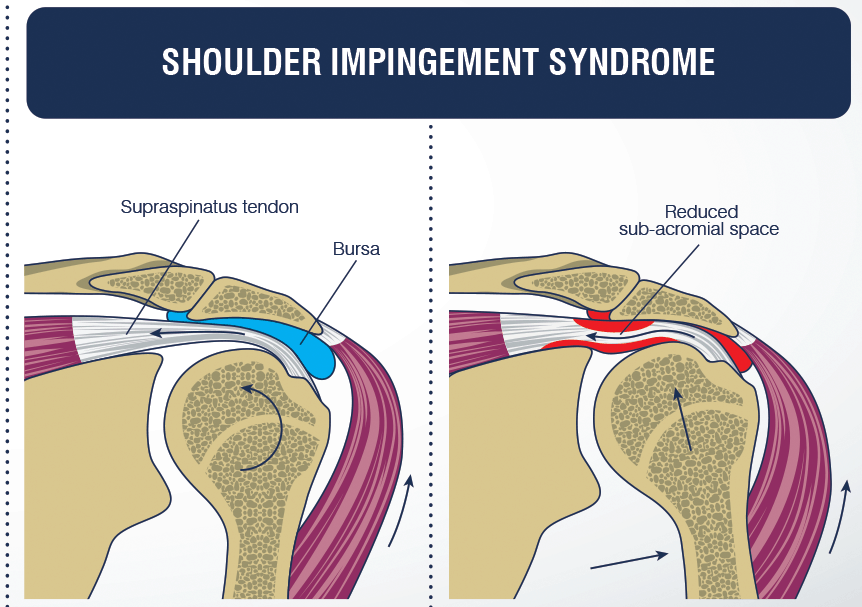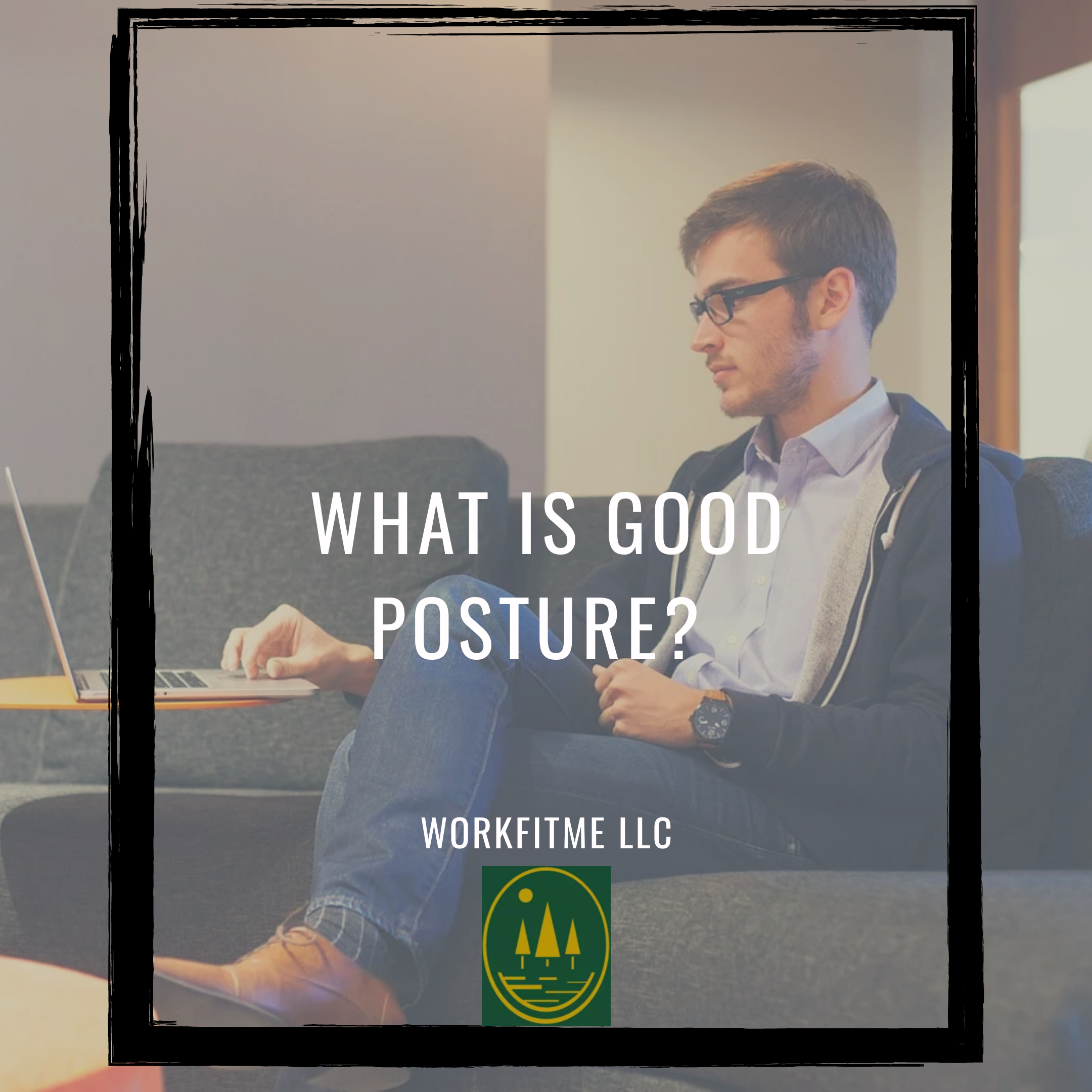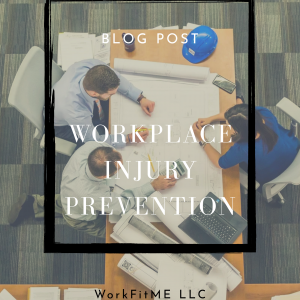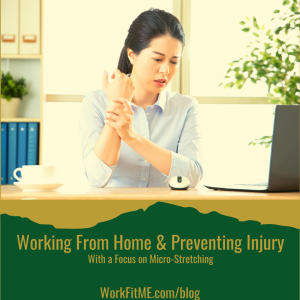“My (insert family elder here) always told me I need to improve my posture! Now it is coming back to haunt me!” This is a common phrase I hear every time I mention the word posture to a client. Having “good” posture or being in a better posture all of the time is not the point I am trying to get across though. In this blog we are going to dive into some myths about posture and how certain postural positions may effect certain areas of your body that could result in pain. So lets first answer the question:
What is “Good” Posture?
The simple answer, in my opinion, is there is no such thing as good posture. But, when we have pain or are trying to prevent common neuromusculoskeletal injury that can cause pain, there are certain positions we may want to avoid until pain calms down or certain positions that change our body mechanics when we move that could lead to pain. So we may want to adjust. Sure, when we stand statically, there is a certain natural anatomical alignment we would expect to see that we could call “good” posture. Common examples of this are a slightly round curvature of the upper back, a slightly arched curvature of the lower back, and our head and ears would be roughly over our shoulders. The only problem with that is no one’s anatomy is the same as anyone else’s. Static posture alone does not necessarily equate to injury but our postural habits over time can cause certain structures to have more stress placed on them, become tight, become weak due to positioning or lack of muscle activation, etc. and in turn change how we move. The imbalance between tight muscle and soft tissue, stiff joints, weak muscles, and lack of stability created by certain static positions can cause pain when we are moving. That is why holding any static position, even “good” posture, for prolonged periods of time could lead to pain.
Why Address Posture?
So when we apply postural adjustments to a situation where someone has pain, or we are trying to prevent it, we aren’t saying that person has “bad” posture and needs “good” posture. The goal here is to find any evidence of potential imbalance between mobility, flexibility, strength, and stability that, if left unaddressed, could be contributing to, or lead to, a client’s pain. When pain is present, we never assess static positions only. Movement is key to treating any neuromusculoskeletal condition. Conversely, when we are identifying workplace injury risk factors, we don’t only address static positions. We give clients targeted muscle activation, strength and endurance exercises along with muscle and soft tissue mobility activities to prevent imbalances in static or repetitive positions from developing that could lead to pain when they move. We basically need to find positions that, for that specific person, may be better for them to be in to let their pain calm down. Or in an injury prevention situation, find ways to avoid the above imbalances from developing based on their tendencies so they never get to a situation where a very avoidable injury occurs.
To bring it all home, lets give you an example of how we treat pain with postural adjustments and how we can prevent pain with postural adjustments.
Shoulder Pain: Rotator Cuff Tendinitis

Treatment: I often see more rounded upper backs, forward heads, and forward shoulders in clients who have rotator cuff injury that was not caused by a certain event. This can lead to tight and short chest muscles, upper shoulder and neck muscles and weak muscles around the shoulder blade. Together, that all changes how the shoulder moves when we use our arm at and above shoulder height putting more stress on the rotator cuff and leading to pain. We give the patient certain mobility exercises to address the tight and immobile areas and certain strengthening and muscle activation exercises to help the weak musculature and that helps the pain. We also cue the client to try and avoid too much of the same pattern (posture) that lead to the imbalances ultimately causing their pain. Again, we don’t think they have “bad” posture, we are just trying to improve how they move to decrease stress on a painful area of the body. The way they are moving may have certainly come from static postural tendencies.
Prevention: Lets say a person works in a warehouse and often has to lift objects and work with their arms at and above shoulder height. We can use the same mobility and strength/muscle activation exercises we used above to prevent imbalances from developing that could increase the stress placed on the rotator cuff and lead to pain down the road.
I hope you found this helpful. There is a lot of emphasis placed on posture and I am not sure that’s what we need to focus on. It is simply one piece of a much bigger puzzle. Our injury prevention services are aimed at using this knowledge and expertise to help people stay working and not lose time and money due to very common and preventable neuromusculoskeletal injury. Contact us today to find out more about how we can help you stay happy and healthy doing what you love at work and at home.





Pingback: Tennis Elbow: Causes, Symptoms, & Treatment – WorkFitME
Pingback: Shoulder Impingement Syndrome: Causes, Symptoms, & Treatment – WorkFitME